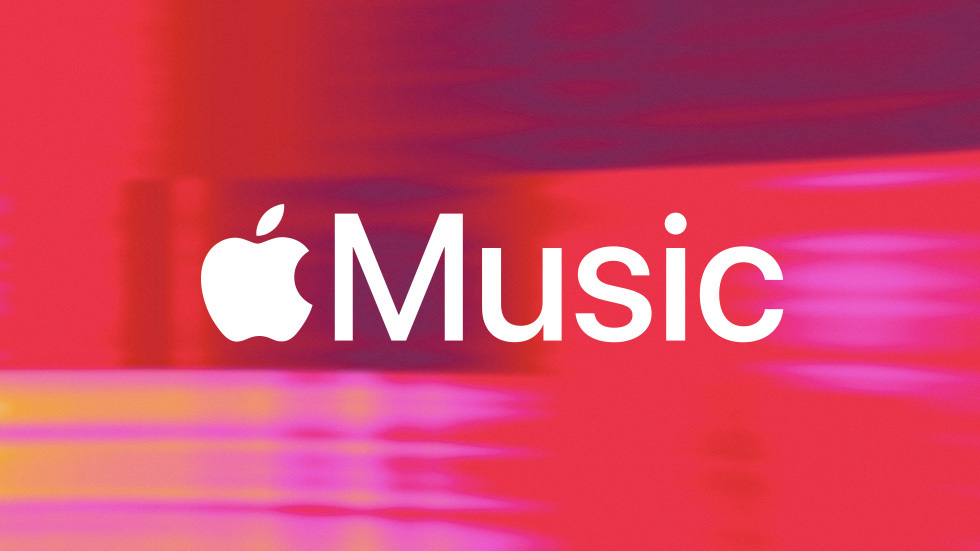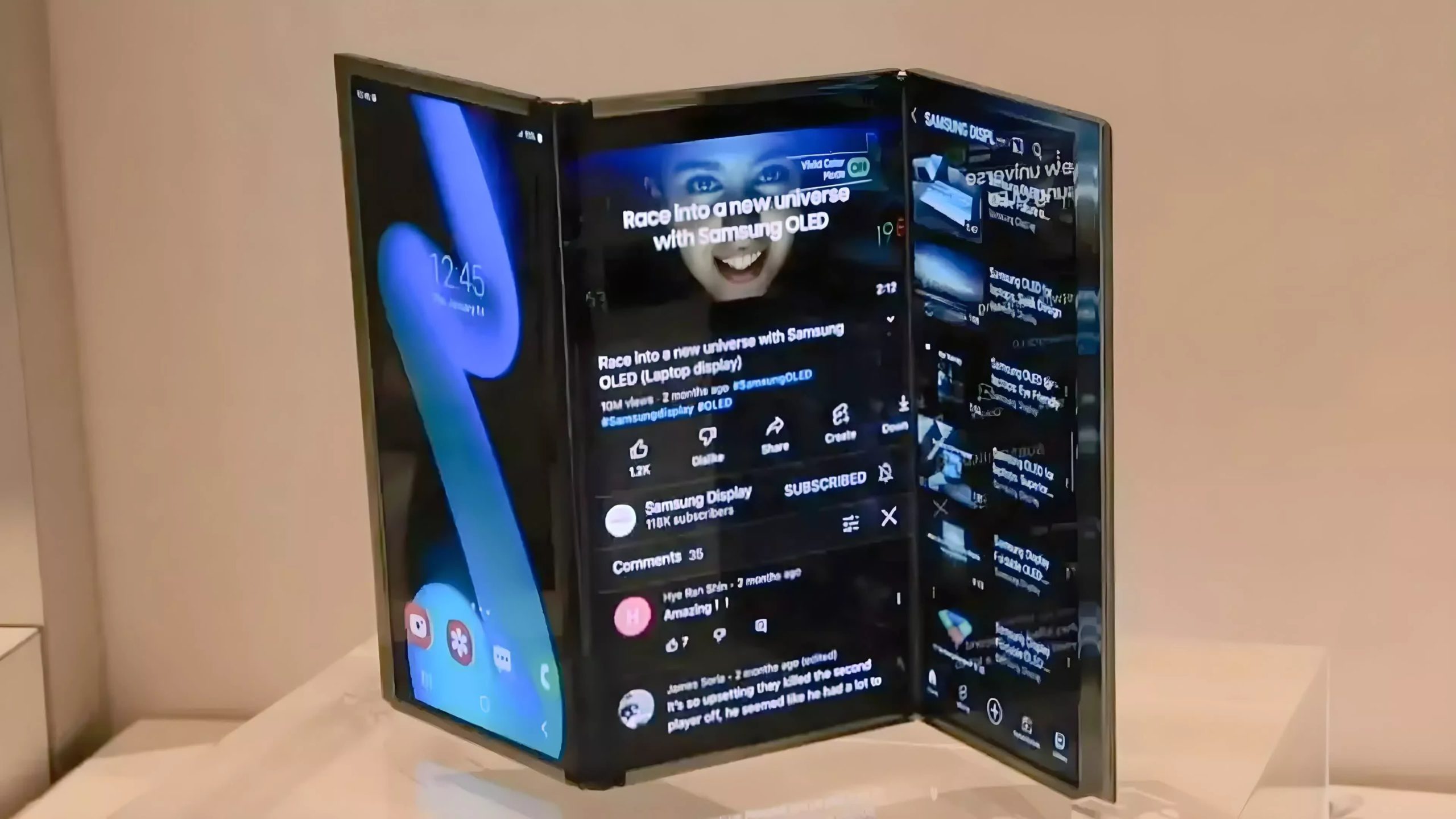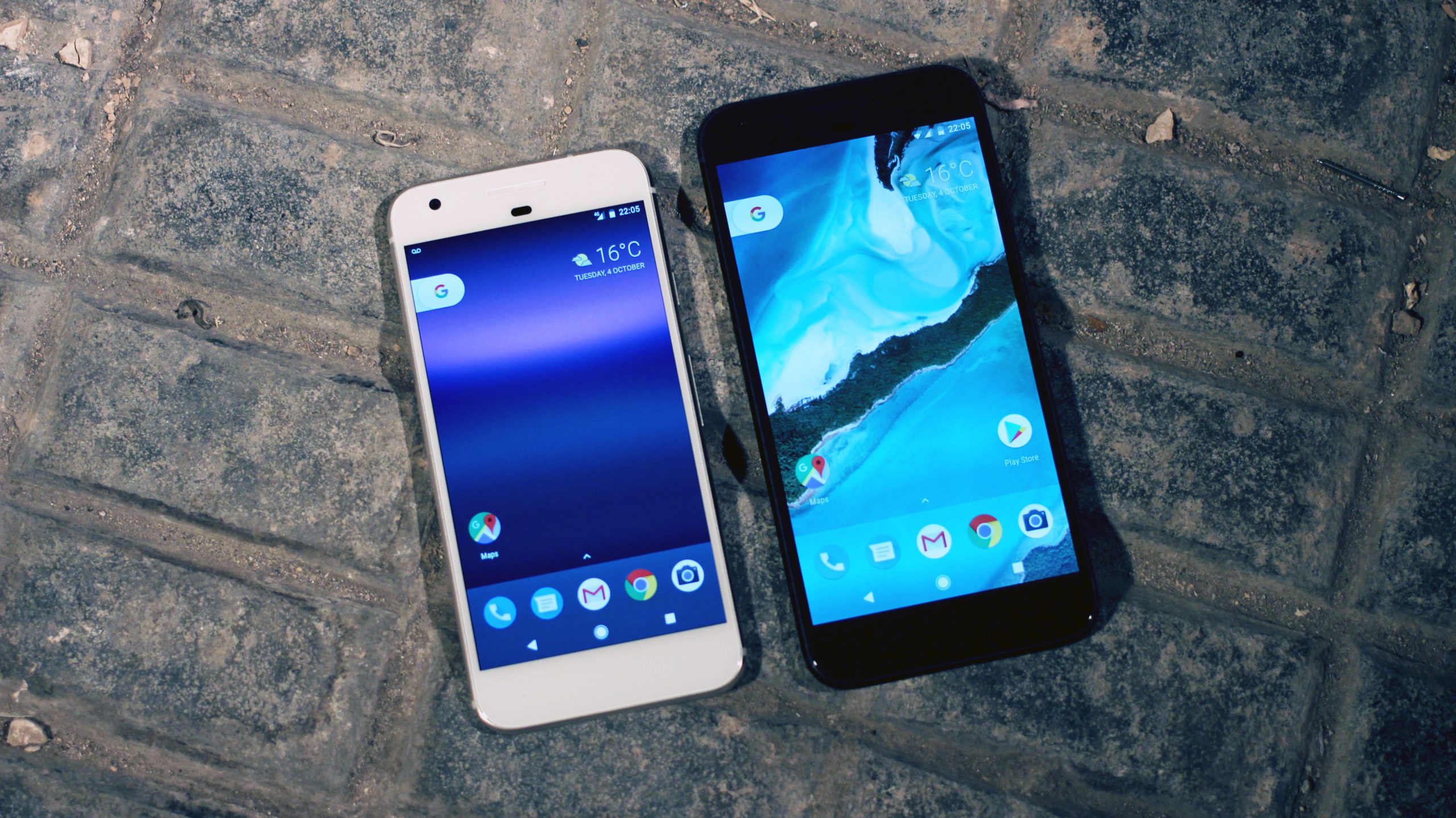Apple Music’s iOS 26 update drops with features ranging from genuinely clever to “why did this take so long?” While Spotify continues dominating with 500+ million users, Apple’s 100 million subscribers get enhanced karaoke functionality, animated album art, and lyric translations that might make international music more accessible. Behind the marketing shine, some features feel like solutions searching for problems, but others could improve how you experience music daily.
Interactive Karaoke That Doesn’t Suck
Transforming your iPhone into a proper microphone for Apple TV sessions, Apple’s karaoke enhancement finally makes home singing bearable. Your voice gets amplified through the TV speakers while friends can drop emoji reactions and queue up the next song. This beats awkwardly passing around a single remote or shouting song requests across the room.
Social participation replaces the usual one-person-hogging-the-mic scenario. Friends can react in real-time and contribute to the playlist without wrestling for control. It’s the kind of feature that could revive house parties instead of everyone staring at their phones.
Visual Polish with Practical Gaps
Liquid Glass design brings transparent layers and shape-shifting controls to Apple Music’s interface, creating visual movement that matches your music’s energy. Album art now animates on your lock screen, delivering aesthetic upgrades that look undeniably premium and responsive. The polish is obvious, but practical improvements remain questionable.
Lyric translations support multiple languages, including English, French, German, Brazilian Portuguese, and Spanish. K-pop fans and international music explorers can finally understand what they’re singing along to, complete with pronunciation guides that prevent embarrassing mispronunciations. This removes genuine barriers to music discovery rather than adding meaningless complexity.
However, Visual Intelligence—taking screenshots to search for song lyrics—exposes Apple’s weak music discovery engine. If recommendations worked properly, you wouldn’t need screenshot workarounds to find songs. It’s fixing symptoms instead of the underlying disease.
Missing the Real Problems
This feature reflects Apple’s broader effort to enhance the context and accessibility of its intelligence tools. Translation: catching up to features Spotify and YouTube Music have offered for years, just with prettier packaging. Meanwhile, fundamental issues like poor offline syncing and mediocre discovery algorithms remain untouched.
Consider what frustrates you about music streaming: songs disappearing from playlists, terrible shuffle algorithms, or discovering new artists that don’t suck. Apple addresses none of these core problems while polishing interface elements that photograph well for tech blogs.
Enhanced karaoke and translation tools deliver measurable value for specific use cases. Everything else serves Instagram screenshots more than daily music consumption. The updates reveal Apple’s priorities: social features and visual appeal over solving the mundane problems that matter to subscribers paying $10.99 monthly.






























